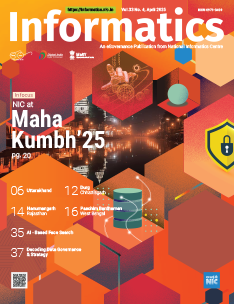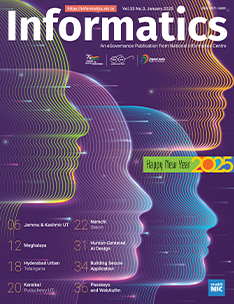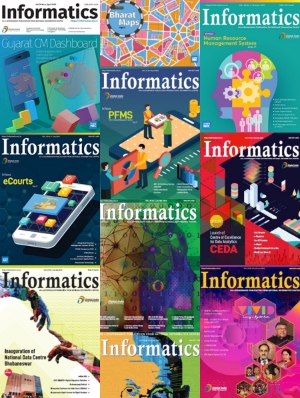Haryana: National Food Security Ordinance (NFSO-2013) Launching by Honorable Chief Minister
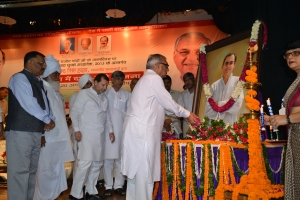
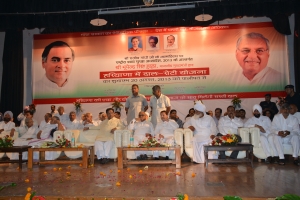
The National Food Security Ordinance-2013, promulgated by the President of India on July 5th 2013, is a historic initiative for ensuring food and nutritional security to the people. It aims to provide for food and nutritional security in human life cycle approach, by ensuring access to adequate quantity of quality food at affordable prices to people to live a life with dignity. On July 9, 2013, Chief Minister Haryana announced to launch this scheme in Haryana on 20th August .
The scheme was successfully launched by Hon’ble Chief Minister of Haryana on 20th August 2013 at Panipat, becoming first state in India to practically implement NFSO-2013. The coveted scheme of Government of India was started by distribution of food grains to beneficiaries by CM. The scheme was simultaneously launched in all 21 districts of Haryana by actually distributing the foodgrains to beneficiaries.
Of 2.53 crore state population, Haryana Govt targeted to cover 126.49 lacs beneficiaries (49.89% of total) under NFSO-2013. This comprises of 90.28 lacs Rural and 36.21 lacs urban population. The state government decided to use the recently conducted SECC-2011 survey as base data for the purpose for identification of the beneficiaries.
The main objective of processing the survey data was to identify the beneficiaries who could be covered under NFSO-2013 using the merged SECC-2011 and NPR – National Population Register data. Provisional SECC-2011 and NPR merged data was obtained from NDC - National Data Centre, Delhi through intensive coordination of State Government, Ministry of Rural Development, Ministry of Urban Development and Poverty Alleviation, Department of Census, BEL and NIC. At NIC Haryana, this data was processed and brought to the stage where the different criteria could be applied to it to identify the intended beneficiaries. The major challenges were sheer volume and quality of data, time constraint and combinations of parameters enabling the state government to reach at suitable criteria for identification of beneficiaries.
The process was successfully completed after several iterations on criteria for Inclusion and exclusion of families. Based on criteria fixed by state Govt, pdf list were submitted by NIC Haryana to state Govt. Further tasks of printing, distributions etc is being carried out by state Government through DFSCs and DCs with active technical support of DIOs of NIC.
During his speech, CM appreciated the efforts of all those involved for successful implementation of scheme. Principal Secretary and Director General (Food and Supplies Department) personally applauded the efforts of NIC Haryana for making the launch successful.




 Subscribe
Subscribe
 Flipbook
Flipbook PDF (5.0 MB)
PDF (5.0 MB)
